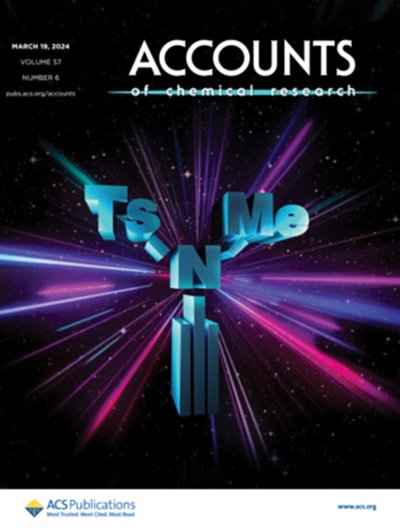Association of body composition and survival in patients with locally advanced breast cancer: a historical cohort study.
IF 17.7
1区 化学
Q1 CHEMISTRY, MULTIDISCIPLINARY
引用次数: 0
Abstract
BACKGROUND Altered body composition has been attributed to major health problems globally, particularly in patients with cancer. To date, there have not been sufficient indices for body compositions in predicting the survival of locally advanced breast cancer (LABC). PURPOSE To assess the association between body composition and overall survival (OS) as well as disease-free survival (DFS) in patients with LABC. MATERIAL AND METHODS A retrospective study was conducted of patients with LABC diagnosed between 2010 and 2018. Body composition parameters, including skeletal muscle and adiposity parameters, were measured using computed tomography at the L3 vertebra using in-house software developed by MATLAB and freeware Python 3.6.13. The association between body composition and OS and DFS were analyzed using a log-rank test and multivariate Cox-proportional hazard regression. RESULTS Of 199 patients, 72 (36%) died during the follow-up period (range = 3.8-150.7 months). Median survival was 101 months. Low visceral-to-subcutaneous ratio ≤0.3 (adjusted hazard ratio [aHR] = 2.57, 95% confidence interval [CI] = 1.51-4.37; aHR = 2.46, 95% CI = 1.33-4.56), and high composite fat (aHR = 3.26, 95% CI = 1.69-6.29; aHR = 2.19, 95% CI = 1.11-4.3) were associated with lower OS and DFS. Positive lymph nodes ≥3, progesterone receptor negative, and total radiation dose >5000 cGy significantly decreased both OS and DFS. A history of previous treatment before body composition assessment and surgery had a protective effect on OS and DFS. No association of sarcopenia, body mass index, and adiposity areas with survival outcomes was observed. CONCLUSION Low visceral-to-subcutaneous ratio and high composite fat were independent prognostic factors for OS and DFS in patients with LABC. However, other body composition parameters showed no effect on survival.局部晚期乳腺癌患者身体成分与生存期的关系:一项历史队列研究。
背景在全球范围内,身体成分的改变是导致重大健康问题的主要原因,尤其是在癌症患者中。材料和方法对 2010 年至 2018 年期间确诊的 LABC 患者进行了回顾性研究。使用MATLAB开发的内部软件和免费软件Python 3.6.13,通过L3椎体的计算机断层扫描测量身体成分参数,包括骨骼肌和脂肪参数。结果 在199名患者中,72人(36%)在随访期间死亡(范围=3.8-150.7个月)。中位生存期为 101 个月。低内脏与皮下比率≤0.3(调整后危险比 [aHR] = 2.57,95% 置信区间 [CI] = 1.51-4.37;aHR = 2.46,95% CI = 1.33-4.56)和高复合脂肪(aHR = 3.26,95% CI = 1.69-6.29;aHR = 2.19,95% CI = 1.11-4.3)与较低的OS和DFS相关。淋巴结阳性≥3个、孕酮受体阴性和总放射剂量大于5000 cGy会显著降低OS和DFS。身体成分评估和手术前的治疗史对OS和DFS有保护作用。结论低内脏与皮下比率和高复合脂肪是影响LABC患者OS和DFS的独立预后因素。结论低内脏与皮下比率和高复合脂肪是LABC患者OS和DFS的独立预后因素,但其他身体成分参数对生存没有影响。
本文章由计算机程序翻译,如有差异,请以英文原文为准。
求助全文
约1分钟内获得全文
求助全文
来源期刊

Accounts of Chemical Research
化学-化学综合
CiteScore
31.40
自引率
1.10%
发文量
312
审稿时长
2 months
期刊介绍:
Accounts of Chemical Research presents short, concise and critical articles offering easy-to-read overviews of basic research and applications in all areas of chemistry and biochemistry. These short reviews focus on research from the author’s own laboratory and are designed to teach the reader about a research project. In addition, Accounts of Chemical Research publishes commentaries that give an informed opinion on a current research problem. Special Issues online are devoted to a single topic of unusual activity and significance.
Accounts of Chemical Research replaces the traditional article abstract with an article "Conspectus." These entries synopsize the research affording the reader a closer look at the content and significance of an article. Through this provision of a more detailed description of the article contents, the Conspectus enhances the article's discoverability by search engines and the exposure for the research.
 求助内容:
求助内容: 应助结果提醒方式:
应助结果提醒方式:


